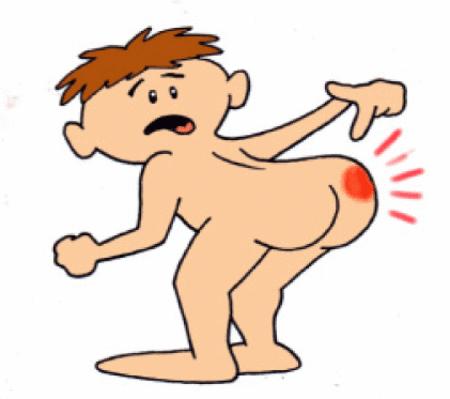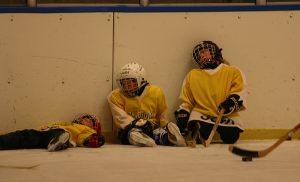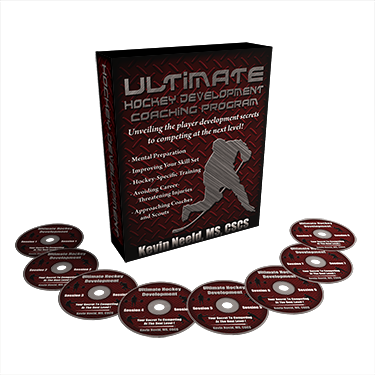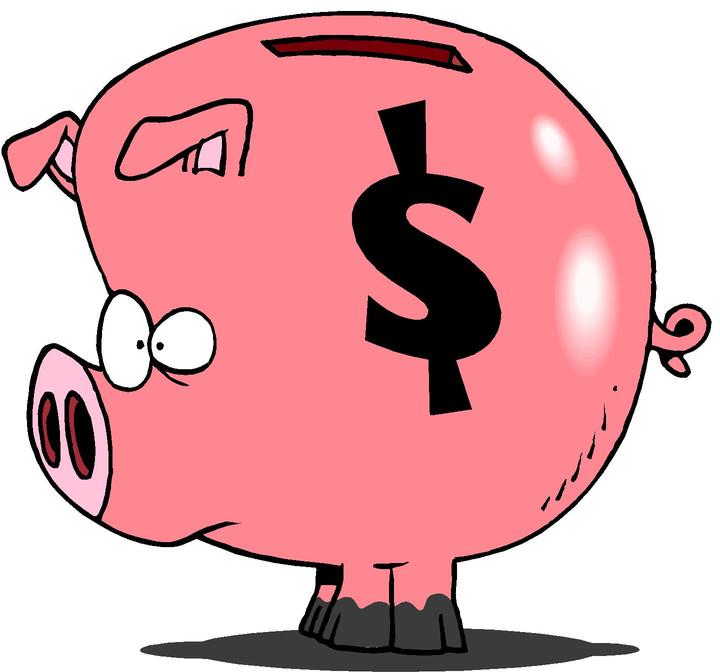As I mentioned on Wednesday (2011 Hockey Development Predictions), the hockey community can expect some pretty significant changes over the next 12 months. I also mentioned in that post that one of the most “simple” ways to improve on-ice performance is to follow a well-designed training program. In this regard, I don’t think you’ll find a better resource than HockeyStrengthandConditioning.com.
Since the site’s opening last year, I’ve personally made relatively substantial changes to my programs and coaching methods based on information I attained from the site. There aren’t any other hockey-specific resources out there that I can attest to with the same enthusiasm. With that said, there are always ways to make the site better. Yesterday, Anthony Renna (the technical brains behind the site), Mike Potenza (San Jose Sharks), Sean Skahan (Anaheim Ducks), our newest addition Darryl Nelson (U.S. National Development Program), and I spent an hour on the phone discussing how we could make the site better for you.
Here’s a glimpse of what you can look forward to in the near future:
- A MASSIVE exercise video library. This was a feature that people really liked about my Hockey Training Expert site before I merged it with Hockey Strength and Conditioning, and we’re bringing it back! With this, you’ll get access to a ton (200+) exercise videos divided by training category (e.g. warm-up, speed, etc.). This is a huge pain in the ass to do so it will take time, but we will get it done!

Anthony, after adding 300 separate video pages and linking to all them on one page with specific categories.
- A recommended equipment page so those of you in charge of making equipment decisions can easily find the products that we use in videos or reference in articles.
- Lastly, we’re planning on adding youth off-ice training programs. The rationale behind this was simple. People with advanced academic backgrounds can pull a lot of information from the training programs and progressions that we post currently. But these aren’t always “season-relevant” and many of the people responsible for youth off-ice programs either don’t have the academic background and/or the equipment to implement similar strategies in their environment. The goal of these new programs is to provide minimal equipment programs that coaches can print off the web and put to use immediately. All the exercises will have videos too so there’s no confusion there. I’m more excited about this than any other aspect of the site because I think it will be a HUGE help to the thousands of coaches and players out there that want to train, but don’t have the necessary means to do so in an optimal fashion.
2011 is going to be an exciting year for hockey AND Hockey Strength and Conditioning. Head on over to the site and sign up for a year membership. With the content on the site already, the brain power on the forums, and the changes we’re making moving forward, we’re truly revolutionizing hockey training. You owe it to yourself to be a part of it!
Click the image below for more information about Hockey Strength and Conditioning!
To your continued success,
Kevin Neeld
P.S. Did you remember to sign up for this? 2011 Sports Rehab to Sports Performance Teleseminar
Please enter your first name and email below to sign up for my FREE hockey training newsletter!






